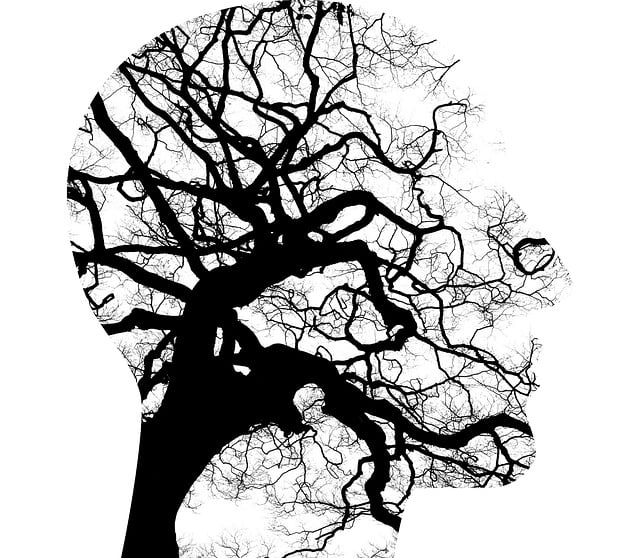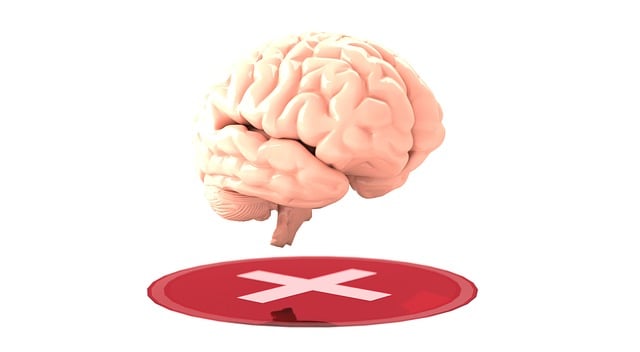Broomfield Adjustment Disorder (BAD) is a hidden mental health challenge characterized by difficulty coping with stress leading to sadness, anxiety, and physical discomfort. Specialized Broomfield Adjustment Disorder therapy teaches coping mechanisms, resilience-building, and breaking negative cycles. An effective education program includes Mental Wellness Journaling Exercises, Broomfield Adjustment Disorder Therapy techniques, self-care routine development, group discussions, public awareness campaigns, and burnout prevention for healthcare providers. Measuring success involves comprehensive assessment tools focusing on symptom reduction, self-esteem, emotional healing, and overall well-being, with regular follow-up sessions or support groups to ensure sustainable change.
“In today’s fast-paced world, mental health education is more crucial than ever. This article delves into the design of comprehensive programs aimed at addressing Broomfield Adjustment Disorder (BAD), a common yet often overlooked condition. We explore key components that constitute an effective therapy program, including practical strategies for delivering sensitive topics. By understanding BAD’s symptoms and impact, we can better equip individuals with tools to manage their mental health. Additionally, we discuss measuring success and the long-term benefits of such programs, emphasizing the significance of Broomfield Adjustment Disorder therapy.”
- Understanding Broomfield Adjustment Disorder: Symptoms and Impact
- Key Components of an Effective Mental Health Education Program
- Strategies for Delivering Sensitive Topics: A Practical Approach
- Measuring Success and Long-term Benefits of the Therapy Program
Understanding Broomfield Adjustment Disorder: Symptoms and Impact

Broomfield Adjustment Disorder (BAD) is a mental health condition that often goes unnoticed but can significantly impact individuals across various aspects of their lives. Characterized by an inability to adjust and cope with stressful situations, BAD manifests through a range of symptoms such as persistent sadness, anxiety, irritability, and even physical complaints like chronic pain or fatigue. Unlike other disorders, BAD is not necessarily tied to specific triggers; instead, it reflects an individual’s difficulty in managing and adapting to life’s challenges.
The impact of BAD extends beyond the affected individual, permeating their social, academic, or professional spheres. It can hinder resilience building and positive thinking, leading to a cycle of negative thoughts and behaviors. However, with the right Broomfield Adjustment Disorder therapy, individuals can learn effective coping strategies and enhance their mental health policy analysis and advocacy skills. Through tailored interventions that foster understanding and acceptance, those affected can regain control over their lives and cultivate greater resilience in navigating life’s twists and turns.
Key Components of an Effective Mental Health Education Program

An effective mental health education program should encompass several key components to ensure it provides valuable and impactful guidance. Firstly, it must offer Mental Wellness Journaling Exercise Guidance, empowering individuals to develop a practice that allows them to process emotions, thoughts, and experiences in a structured yet personal way. This can be a powerful tool for self-reflection and understanding one’s mental state. Secondly, the program should include comprehensive Broomfield Adjustment Disorder Therapy techniques, equipping participants with strategies to cope with specific mental health challenges like adjustment disorders.
Additionally, integrating Self-Care Routine Development for Better Mental Health is vital. Teaching individuals how to prioritize self-care can lead to improved resilience and overall well-being. This involves promoting healthy habits such as regular exercise, adequate sleep, balanced nutrition, and engaging in activities that bring joy and relaxation. By combining these components, a mental health education program can foster a holistic understanding of mental wellness and equip participants with practical tools for maintaining and enhancing their emotional and psychological well-being.
Strategies for Delivering Sensitive Topics: A Practical Approach

When designing a mental health education program, particularly one addressing sensitive issues like Broomfield Adjustment Disorder Therapy, it’s crucial to adopt strategies that foster an environment of comfort and understanding. This involves more than just presenting facts; it entails creating safe spaces for participants to share their experiences, engage in open dialogue, and learn from each other. Incorporating interactive elements such as group discussions, role-playing scenarios, and anonymous question-and-answer sessions can help normalize conversations around mental health challenges.
A practical approach might include integrating public awareness campaigns development to educate the broader community, coping skills development tailored to specific disorders, and burnout prevention strategies for healthcare providers who support individuals with Broomfield Adjustment Disorder Therapy. By combining these elements, programs can effectively address both individual needs and societal perceptions, ultimately promoting mental wellness and reducing stigma.
Measuring Success and Long-term Benefits of the Therapy Program

Measuring the success of a mental health education program is paramount to understanding its long-term benefits. By employing comprehensive assessment tools tailored to each participant’s needs, such as those designed for Broomfield Adjustment Disorder Therapy, programs can accurately gauge progress and identify areas for improvement. This includes assessing not just symptoms reduction but also improvements in self-esteem, emotional healing processes, and overall well-being.
Long-term benefits are another critical aspect to consider. Effective programs should foster sustainable change by equipping individuals with coping strategies that stand the test of time. Regular follow-up sessions or ongoing support groups can help maintain gains made during therapy. For mental health professionals involved in such programs, risk assessment is crucial to ensure their safety and ability to effectively support clients, especially when dealing with complex cases.
Mental health education programs play a pivotal role in empowering individuals to manage conditions like Broomfield Adjustment Disorder (BAD). By integrating knowledge about BAD’s symptoms and impact, along with practical strategies for sensitive topic delivery, these programs can effectively foster resilience. Measuring success through both immediate outcomes and long-term benefits ensures that therapies like Broomfield Adjustment Disorder therapy remain adaptive and impactful. Through continuous evaluation, we can enhance the design of such programs, ultimately improving mental well-being on a broader scale.








